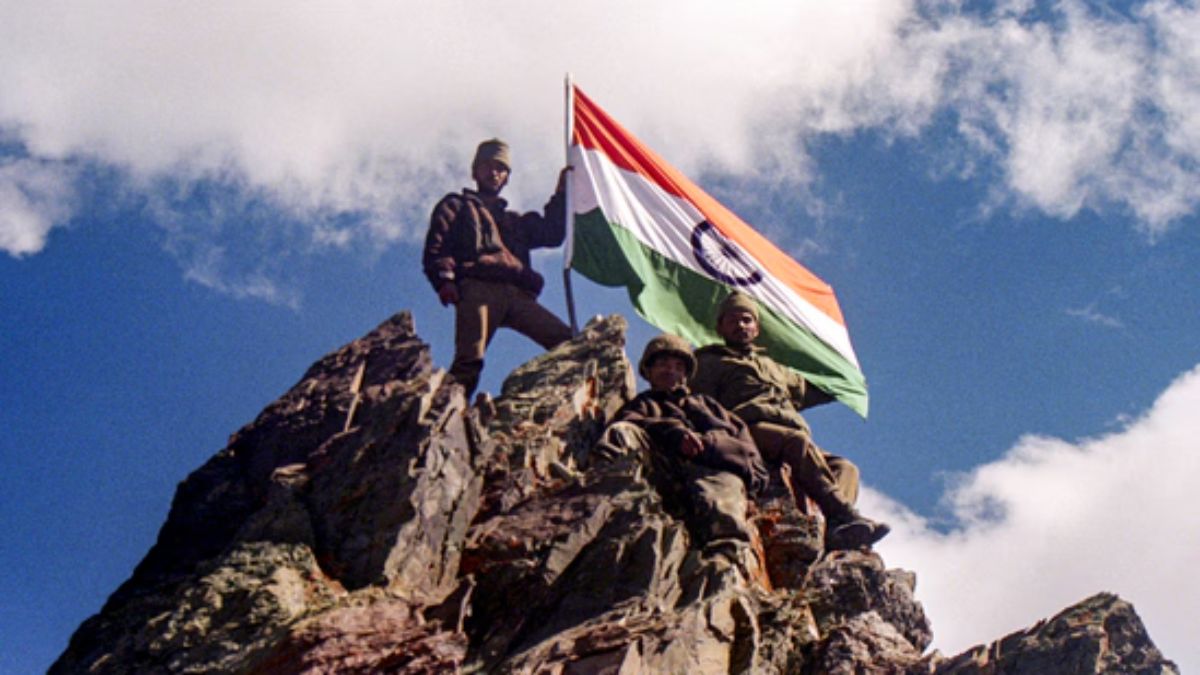One of the key wars in the Indian subcontinent came to an end on July 26, 1999. We are talking about the Kargil War, the third direct conflict between India and Pakistan since Independence. Since India won the war, it is also known as Kargil Vijay Diwas.
If you are a history geek who loves to learn about important events from the past, Firstpost Explainers’ ongoing series, History Today will be your one-stop destination to explore key events.
In 1956, Egypt nationalised the Suez Canal, effectively seizing control from the British and French-owned Suez Canal Company. On this day, Mumbai experienced one of the worst urban floods in Indian history after receiving 944 mm of rainfall in just 24 hours.
Here is all that took place on this day.
India won Kargil war
India achieved victory in the Kargil War under some of the most challenging conditions on July 26, 1999. The war was fought in the Kargil district of Jammu and Kashmir, along the Line of Control (LoC). Some 500 soldiers lost their lives in this war, including Captain Vikram Batra and Grenadier Yogendra Yadav.
The conflict began in May 1999, when Indian forces discovered that Pakistani soldiers and armed militants had illegally infiltrated Indian territory by occupying key high-altitude positions in the mountains. These intrusions threatened the critical Srinagar–Leh highway and aimed to cut off Ladakh from the rest of India.
India responded swiftly with “ Operation Vijay ,” mobilising a massive force of over 200,000 troops, supported by the Indian Air Force’s “Operation Safed Sagar.” The war was fought in extremely challenging conditions, at altitudes ranging from 16,000 to 18,000 feet, with treacherous terrain and harsh weather. Indian soldiers displayed exceptional courage, scaling near-vertical cliffs and engaging the entrenched enemy. Key battles were fought to recapture vital peaks like Tiger Hill , Tololing, and Point 4875.
Pakistan initially denied involvement, claiming the infiltrators were Kashmiri insurgents. However, evidence including documents and equipment recovered from captured soldiers proved the presence of Pakistan Army regulars. International pressure, particularly from the United States, eventually forced Pakistan to withdraw.
Egypt seized Suez Canal
Egyptian President Gamal Abdel Nasser shocked the world by seizing control of the Suez Canal from the British and French. He took over control from the Suez Canal Company on July 26, 1956, leading to tensions that led to the Suez Crisis.
The Suez Canal, a vital waterway linking the Mediterranean Sea to the Red Sea, was a strategic and economic lifeline, especially for European nations reliant on oil imports from the Middle East. Though located in Egypt, the canal had long been operated under British and French control, a remnant of colonial influence.
Nasser’s decision came after the US and Britain withdrew funding for the Aswan High Dam, a major infrastructure project central to Egypt’s modernisation plans. In response, Nasser declared that revenue from the canal would be used to finance the dam. As he gave a speech in Alexandria, Egyptian forces swiftly took control of the canal’s offices and infrastructure.
Britain, France and Israel secretly planned to take back control over the canal. However, International backlash, mainly from the United States and the Soviet Union, forced the invading nations to withdraw. By early 1957, Egypt retained control of the canal, which was reopened to shipping under Egyptian authority.
Floods hit Mumbai
The financial capital of India, Mumbai, came to a standstill on July 26, 2005, when the city witnessed one of the
worst urban floods in Indian history
. The city received an unprecedented 944 mm of rainfall in just 24 hours, overwhelming Mumbai’s drainage infrastructure.
The relentless downpour began in the afternoon and intensified through the evening, catching millions of commuters off guard. Trains stopped, roads flooded, flights were cancelled, and telephone networks failed. Thousands were stranded in offices, schools, cars, and trains overnight. The city, often praised for its resilience, came to a standstill.
What made the situation worse was the poor drainage system, much of it choked with plastic waste , with the Mithi River overflowing. Low-lying areas like Kurla, Sion, Andheri, and Bandra were submerged under several feet of water.
The floods and related incidents, such as landslides, building collapses, and electrocutions, claimed over 1,000 lives across Mumbai and its surrounding areas. Thousands more were injured, and property damage ran into crores of rupees. The disaster exposed significant weaknesses in Mumbai’s urban planning, infrastructure, and disaster management capabilities.
This Day, That Year
On this day in 2016, Hillary Clinton was officially nominated as a Democratic presidential candidate.
In 1965, the Republic of Maldives gained its independence from Britain.
Los Angeles experienced its first major smog on this day in 1943.
)